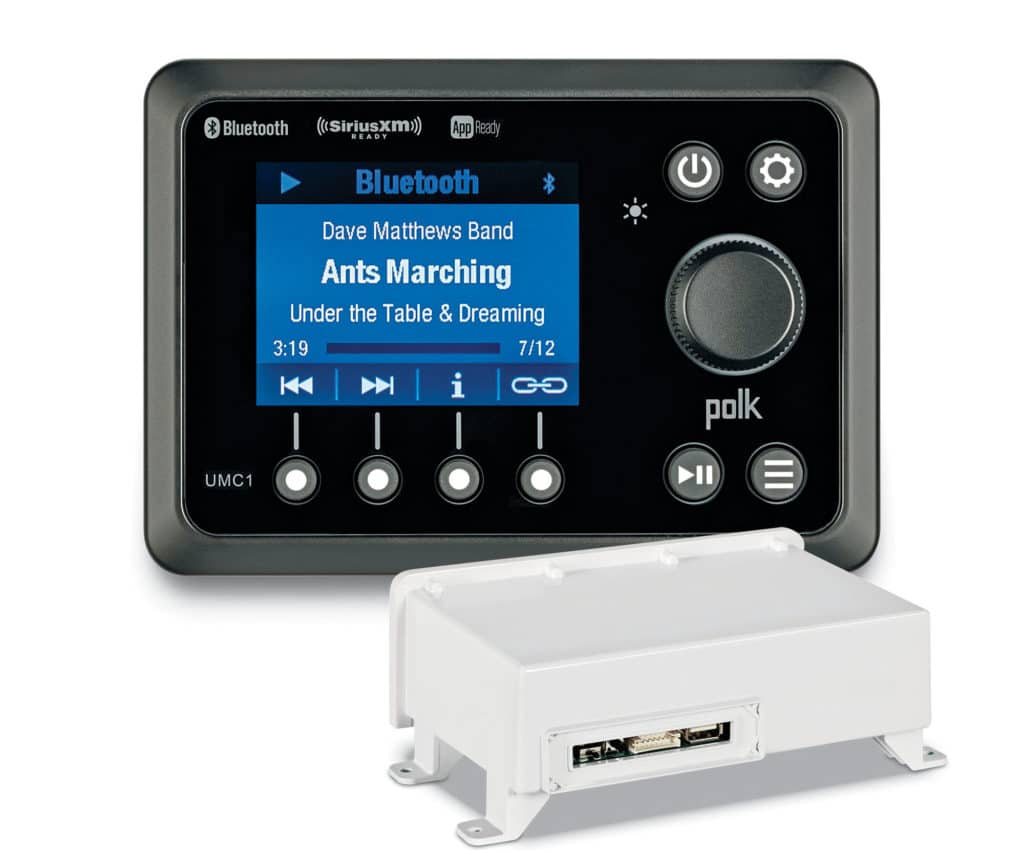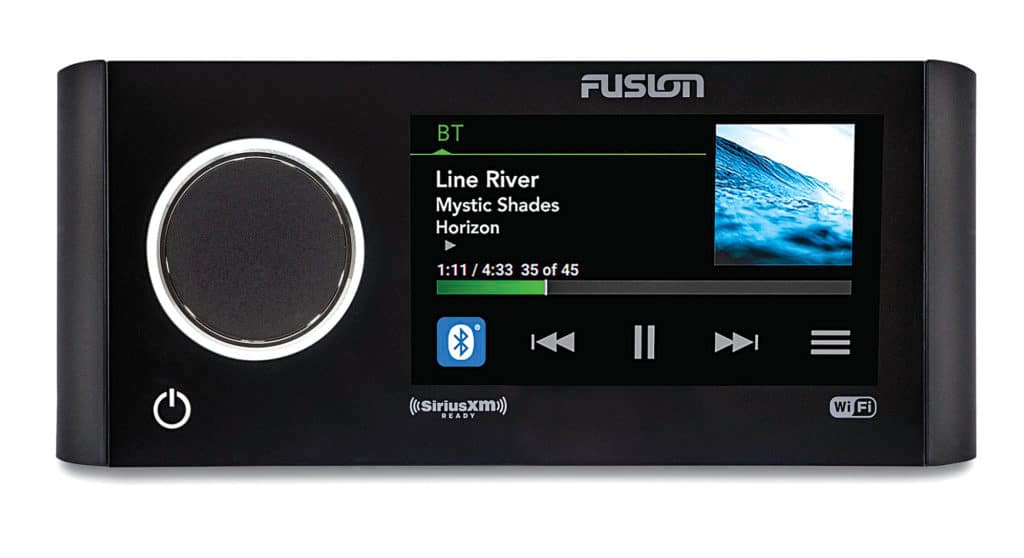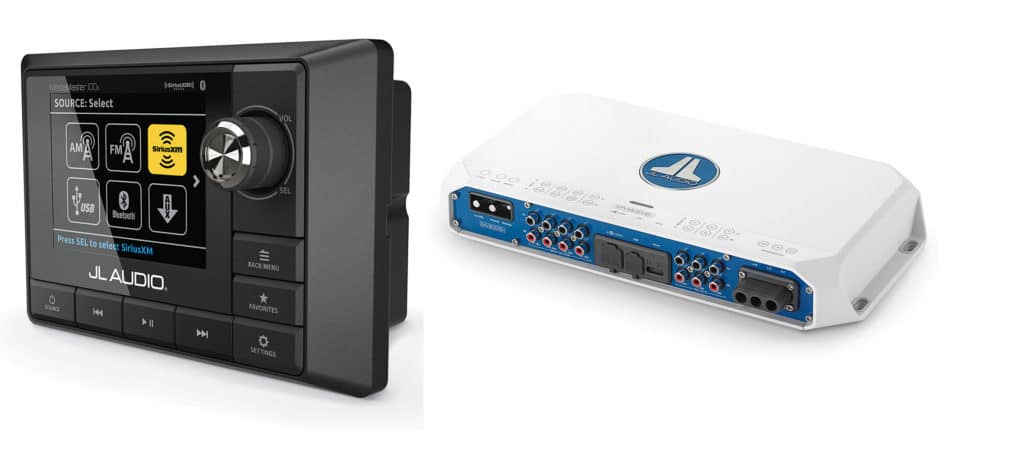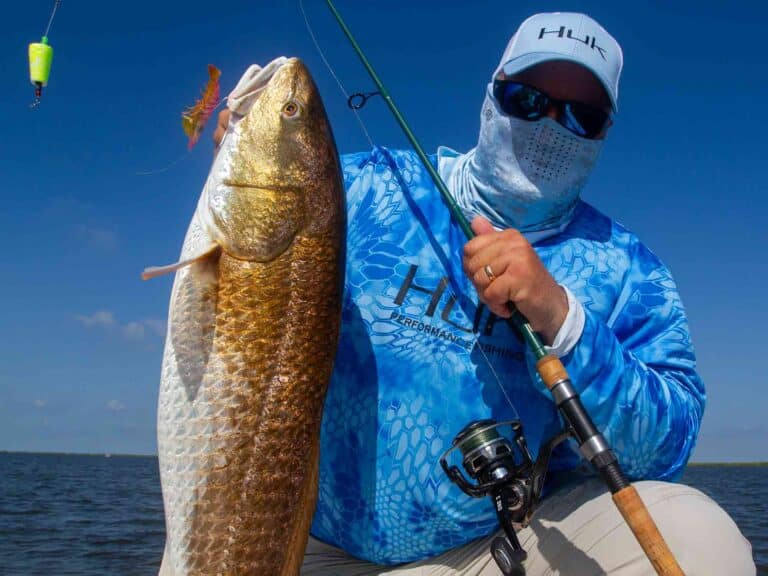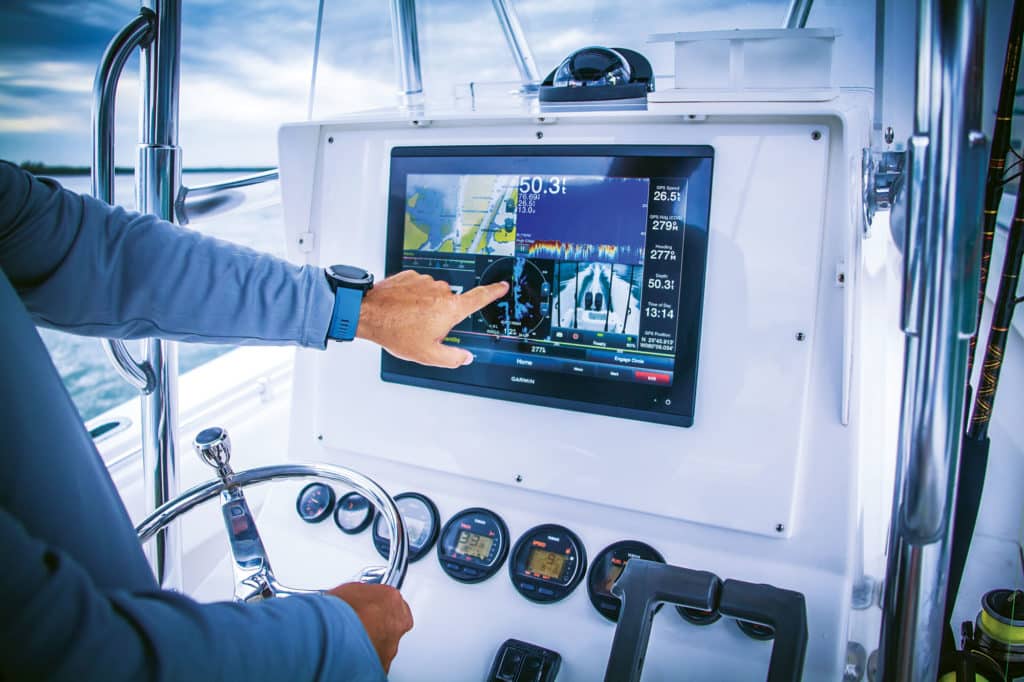
When it comes to electronics, many anglers prefer simplicity—one unit that displays charts and sonar. In truth, that could be considered the main electronics necessity for offshore fishing, save a properly set up VHF radio.
In some regions, radar also is necessary because of weather impediments. In our survey, 69 percent of inboard sport-fish owners had or planned to buy radar, as did 53 percent of center-console owners.
For inshore fishermen, electronics might seem superfluous. But just because you can see land, that should not lull you into false security. You too need at least GPS and communications.
Offshore Essentials
For sonar to provide detailed returns in depths of more than 500 feet requires at least a 500-watt chirp system, if not 1 kW, suggests Raymarine/FLIR marketing manager Jim McGowan. More-powerful units mark bottom at greater depths and support a wider array of transducers.
“The way technology has changed, a standard 50/200 kHz transducer has almost become an antiquated tool,” says Tom Zambetoglou, regional sales manager for Navico, which owns the Simrad and Lowrance brands. “Wide-beam technology has given the fisherman a broader view under the boat.”
Zambetoglou recommends a 1 kW Airmar B175HW high-wide transducer, which pairs with Simrad’s Go Series and evo3 multifunction displays—all feature internal 1 kW sounders. “The reason the B175HW is popular is it does a fantastic job inside 300 feet, fishing wrecks and trolling, and when you’re offshore, it does a fabulous job in the upper water column, distinguishing bait [from] tuna.”
For Garmin, the GPSMap series of multifunction displays best addresses offshore-fishing needs, says David Dunn, director of sales and marketing. Those units have up to 1 kW built-in chirp sonar, which covers most bases, he says. The 8600 series, in particular, can split its main window into six separate screens.
Dunn says his preference is to mount two MFDs side by side, and dial in one to sonar and the other to his charts with radar overlay. However, he says the trend is for anglers to purchase one large display.
Underwater Road Maps
Zambetoglou stresses good cartography because current charts have become so user-definable. “You can target areas, and do color shading and contouring, and really define where you’re fishing,” he says about Navico’s C-Map products.
In addition, live-mapping apps such as Raymarine’s RealBathy or Navionics’ SonarChart Live let you build your own contours, McGowan says.
Garmin GPSMap units come pre-loaded with the company’s new g3 cartography. A recent upgrade to g3 Vision cards provides high-resolution Relief Shading, which shows remarkable details in reefs, wrecks and other bottom structure offshore, and in a few nearshore zones.
Navionics has introduced SonarChart Shading, and C-Map now offers Reveal. While coverage remains select, this data from NOAA multibeam sonar surveys can truly change a captain’s perspective and show new fish-holding features.
Safety Solutions
“In my humble opinion, nobody should go offshore without a fully functioning and set up VHF radio,” McGowan says. “I’m also shocked at how many boaters never activate the digital selective-calling feature on their VHF.”
Offshore, the VHF is the only device other than an emergency beacon that can reliably summon help, and it is directly connected to those personnel equipped to assist boaters in emergencies.
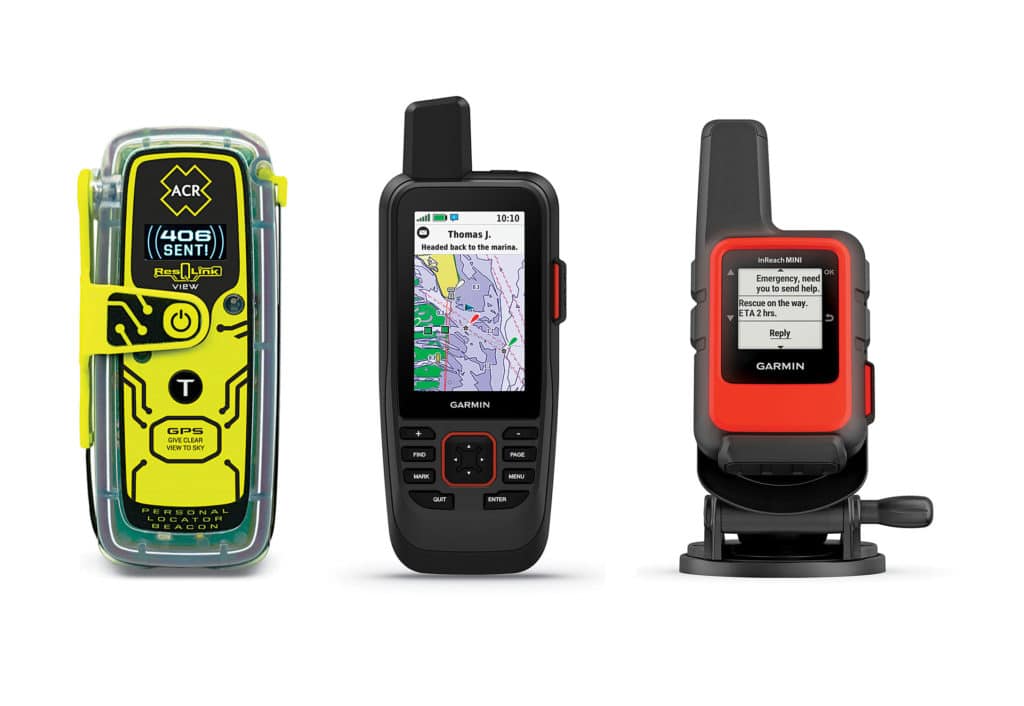
All VHFs must be DSC-enabled; many also come with built-in GPS and AIS receivers. In many cases, a fixed-mount VHF can network with the boat’s multifunction display for full control on one screen.
“If it’s hooked up properly, the screen can walk you through what’s going on in an emergency. It gives you a script, and it gives you your coordinates, as well as put the VHF into DSC mode and send out a signal,” Garmin’s Dunn says.
In a recent announcement, Vesper Marine debuted its Cortex system, which combines a VHF radio with a smartAIS transponder as well as remote vessel monitoring. Cortex already provides built-in, properly set up DSC distress calling.
Bonus Buys
“Radar is an obvious addition, and many times a necessity,” says Jeff Kauzlaric, Furuno advertising and communications manager. “The great thing about today’s radars is all the options. For example, Furuno offers both powerful magnetron radars with its X-Class series, which bring a lot of power for finding flocks of birds, and also solid-state NXT Doppler radars that excel at navigating.”
Furuno’s DFF3D multibeam sonar shows anglers what’s under the boat 120 degrees port to starboard in depths to about 900 feet. “You can determine which side of the boat the fish are on, and display 3D pictures of structure,” Kauzlaric says.
Garmin’s LiveScope reaches only 200 feet, but it gives a real-time look at what’s beneath anglers. “If you’re bottomfishing, you can actually see fish swimming up and hitting the bait,” Dunn says.
SiriusXM weather is another near necessity; it requires a subscription and a satellite antenna. Sirius and Garmin just launched Fish Mapping, which overlays sea-surface temperature, weed-line concentrations and plankton maps via satellite, and even proposes likely fishing areas for specific species.
Inshore Options
Furuno says its GP1871F (7-inch) and GP1971F (9-inch) units work well for inshore anglers. Both feature multitouch displays with a GPS/WAAS chart plotter, plus chirp and conventional fish finders.
Popular features include bottom discrimination, which helps locate low relief. Easy add-ons include Furuno’s DRS4W wireless radar, which overlays onto MFD charts or networks with smart devices.
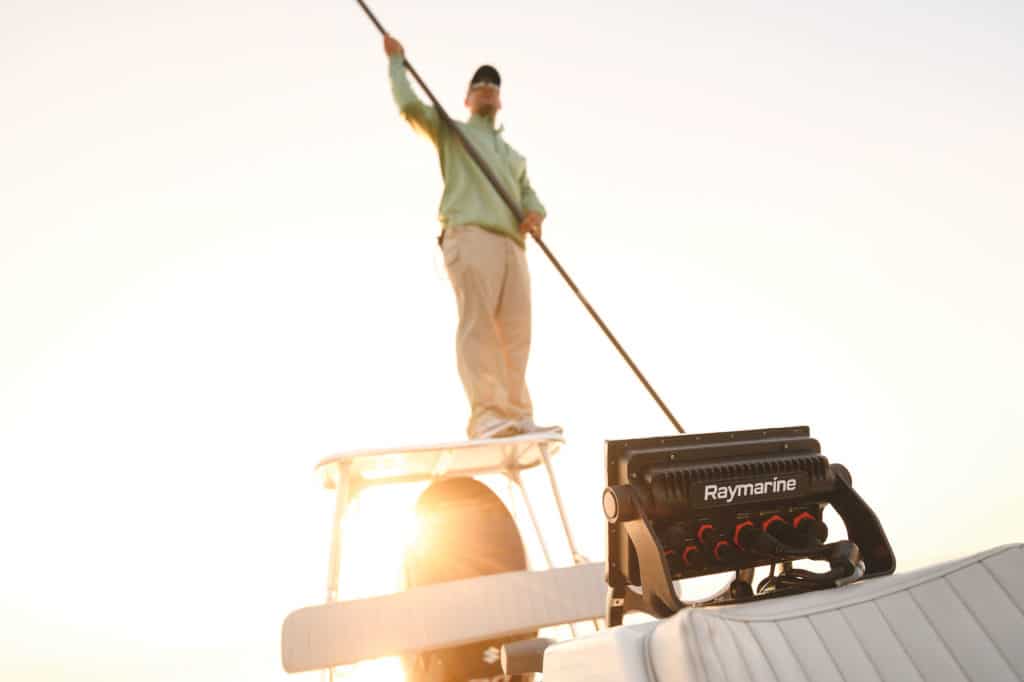
Dunn says sonar and GPS rank as the top needs for inshore anglers—sonar to find fish, and GPS “because you can mark your dock and your favorite spots, and you don’t have to worry about getting lost.” GPS also allows you to pinpoint your exact location in case of emergency.
“The hottest setups we have right now are the EchoMap Ultra 106sv and 126sv,” Dunn says. “They have high-resolution IPS displays, come pre-loaded with coastal g3 cartography, have our UHD sonar (ClearVu and SideVu), and they come with the GT54UHD so you get midband chirp too.”
Adding Garmin’s Panoptix brings 3D technology to sonar, particularly with the introduction of LiveScope, which delivers a videolike view of what’s beneath the boat that’s so clear, anglers can ID fish species. “Traditional sonar shows you where the fish were when your boat passed them,” he savys. “Panoptix is game-changing.”
Different Views
Side- and down-scan sonar view, such as those from Lowrance, can help show snook under docks or locate other species near jetties and in sloughs. Transom-mounted transducers work fine for that kind of low-speed prospecting.
But when considering a chirp transducer, Lowrance recommends an in-hull or a through-hull version so -anglers can better track the bottom at high speeds and through low- and high-speed turns.
A VHF marine radio (at least a handheld) remains a necessity inshore, despite today’s better cellular signals. Also, a smartphone can’t directly connect you to the proper marine emergency personnel.
Photo Overlays
Inshore anglers need a plotter or app with satellite-image overlay, side-scan, and super-bright displays, says Raymarine’s McGowan. “The charts are good, but nothing beats the satellite image to see the flats, sandbars and channels,” he says.
Side-scan lets anglers image more area than downward-looking sonar. Today’s units offer incredible clarity at a distance farther than anglers can cast. Bright -displays are important because many smaller boats lack T-tops.
Interestingly, our survey showed that only 30 percent of bay-boat owners and 21 percent of flats-skiff owners have side-scan on board. The percentages are similar for those owning chirp sonar.
Raymarine’s Axiom RV (RealVision) units support a wide variety of charts with satellite-overlay options, including Standard Mapping’s super-high-resolution aerial charts, McGowan says. In addition, RealVision 3D sonar provides chirp SideVision, capable of reaching 300 feet port and starboard in water as shallow as 1 foot.
Marine Audio
Digital signal processing, commonly used in sonar technology, can optimize stereo systems by adjusting output settings to each specific speaker and amp in the setup.
